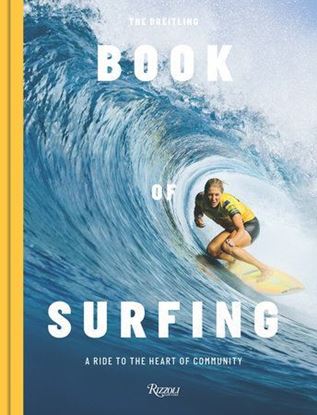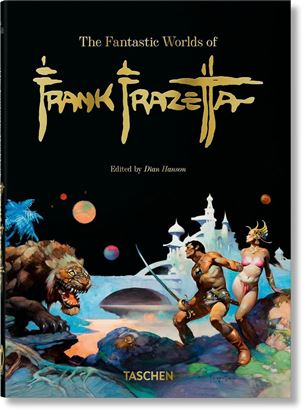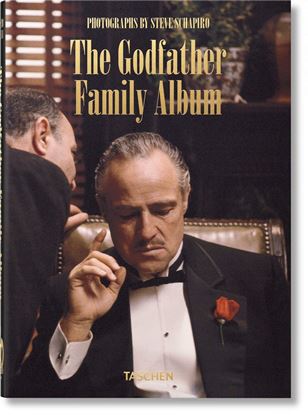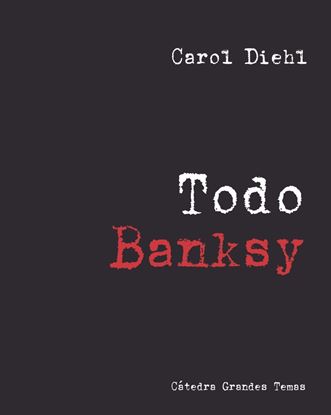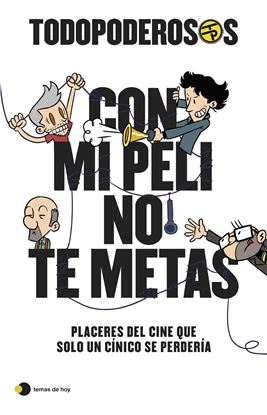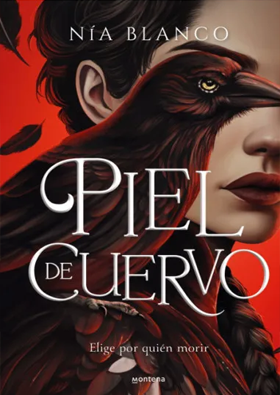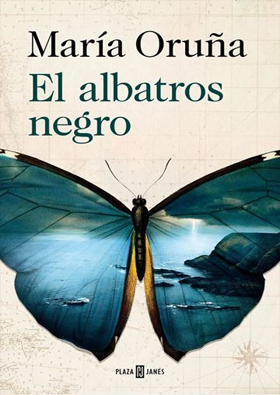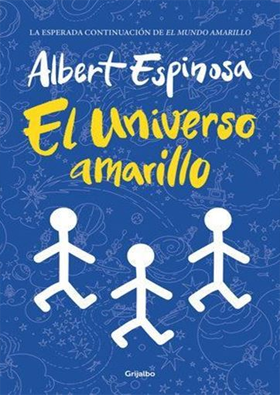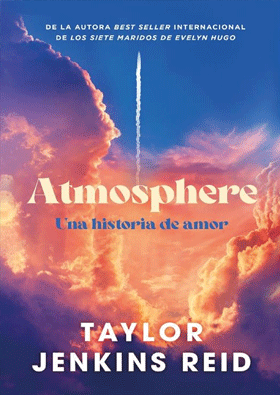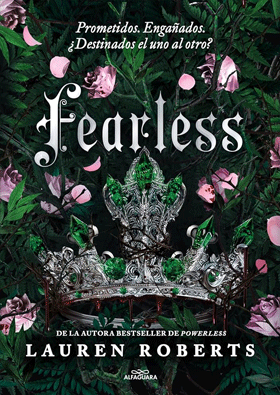

THE BREITLING BOOK OF SURFING
An illustrated journey through modern surf culture guided by the international surfers and communities that define its inclusive and passionate nature.
Epic photography brings the stories of a unique group of global communities, and the surfers that represent them, to life.
Told in their own words, some of the world’s most exciting professional and freestyle surfers—at different moments in their careers—introduce the influential figures, places, and waves that have shaped their lives, and their surfing.
From Ireland’s rugged and unforgiving west coast to the famous beaches of Oahu, Hawaii, making stops across six continents along the way, Breitling provides a unique and unexpected window on the modern surf experience.
3,995
THE FANTASTIC WORLDS OF. FRANK FRAZETTA.
Frank Frazetta has reigned as the undisputed king of fantasy art for 50 years, his fame only growing in the years since his death. With his paintings now breaking auction records (Egyptian Queen sold for $ 5.4 million in 2019) he’s long overdue for this ultimate monograph.Born to a Sicilian immigrant family in Brooklyn, 1928, Frazetta was a minor league athlete, petty criminal and serial seducer with movie star looks and phenomenal talent. He claimed to only make art when there was nothing better to do – he preferred playing baseball - yet began his professional career in comics at age 16. Strip work led him to the infamous EC Comics, then to oils for Tarzan and Conan pulp covers. Both characters were interpreted by many before him, but as he explained in the 1970s, “I’m very physical minded. In Brooklyn, I knew Conan, I knew guys just like him,” and he used this first-hand knowledge of muscle and macho to redefine fantasy heroes as more massive, more menacing, more testosterone-fueled than anything seen before. As counterbalance he created a new breed of women, nude as censorship allowed, with pixie faces and multiparous bodies: thick thighed, heavy buttocked, breasts cantilevered out to there, yet still, with their soft bellies and hints of cellulite, believably real. Add in the action, the creatures, the twilit worlds of haunting shadow and Frazetta’s art is addictive as potato chips.
1,750
THE GODFATHER FAMILY ALBUM (40) (GB)
"Es peligroso ser un hombre honesto".
—Michael Corleone, El Padrino IIIComo fotógrafo especial en los platós y los exteriores de la trilogía El Padrino de Francis Ford Coppola, Steve Schapiro tuvo la oportunidad excepcional de presenciar el trabajo de actores legendarios en algunas de sus interpretaciones más memorables. Schapiro inmortalizó a Marlon Brando, Al Pacino, Robert De Niro, James Caan, Robert Duvall y Diane Keaton en fotos que desde entonces se han convertido en imágenes emblemáticas, reconocibles al instante e imitadas hasta la saciedad. Reunidas por primera vez en este libro están las mejores fotografías de Schapiro de las tres películas de El Padrino, cuidadosamente reproducidas a partir de los negativos originales. Con ensayos y entrevistas que cubren la trilogía en su integridad, este libro contiene más de 300 imágenes a color y en blanco y negro.
Las imágenes de Schapiro nos llevan tras las escenas de esta epica e inimitable saga cinematográfica, revelando el proceso de trabajo del director, captando las atmósferas y las personalidades involucradas y proporcionando interioridades de cómo se hacía la historia del cine.
1,995
TODO BANKSY
Banksy es el artista vivo más famoso del mundo, pero nadie conoce su identidad. Durante más de veinte años, sus pinturas irónicamente políticas y de humor negro han aparecido misteriosamente en las paredes urbanas de todo el mundo generando titulares y controversia. Los críticos de arte lo desprecian, pero el público (y el mercado del arte) lo aman. Con este libro, generosamente ilustrado, la artista y crítica Carol Diehl es la primera autora en sondear las profundidades del misterio de Banksy. A través de la exploración de sus pinturas, instalaciones, escritos y la película "Exit Through the Gift Shop (Pase por la tienda de recuerdos antes de salir)", nominada a los Oscar a la mejor película documental, Diehl demuestra inequívocamente que Banksy es más que pintura en la pared.
1,700
TODOPODEROSOS: CON MI PELI NO TE METAS
Cine y humor de la mano del podcast cultural con la comunidad más sólida de España.
El primer libro de Todopoderosos.
Todos tenemos películas supuestamente malas que no podemos dejar de ver una y otra vez. Cintas denostadas por público y crítica que, por diversos motivos, se nos han quedado pegadas, se han ganado un lugar en nuestro corazón.
Armados de argumentos, referencias y sentido del humor, Juan Gómez- Jurado, Rodrigo Cortés, Javier Cansado y Arturo González-Campos defienden en este libro este tipo de películas. A través de joyas desconocidas, placeres culpables, obras nostálgicas y bodrios divertidísimos, nos invitan a reconectar con el cine más allá de puntuaciones y tendencias efímeras para vivirlo como lo que es: una experiencia intelectual pero, sobre todo, emocional.
900
TOP SECRET. CINE Y ESPIONAJE
La primera obra consagrada a la fructífera relación entre el espionaje y el cine, las series de televisión o incluso los dibujos animados, desde la película Protea, dirigida por Victorin Jasset en 1913, a los trabajos de Fritz Lang, Alfred Hitchcock, Kathryn Bigelow, Brian de Palma, John Huston o Laura Poitras.
Organizado por orden alfabético, este libro ofrece además entrevistas en exclusiva con realizadores como Olivier Assayas, Arnaud Desplechin y Éric Rochant, o con la actriz y chica Bond Léa Seydoux, así como textos perfectamente documentados sobre la historia que ha entrelazado al cine con el espionaje.
Se muestran los resortes de la geopolítica mundial a través de James Bond, Jason Bourne, Argo, Misión Imposible, Shiri… o de series como Homeland, The Spy o Le Bureau des légendes [Oficina de infiltrados].
1,850

